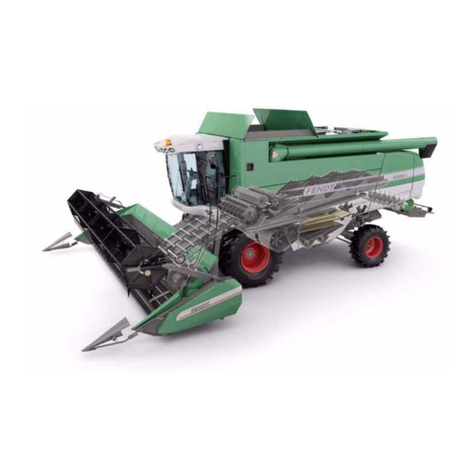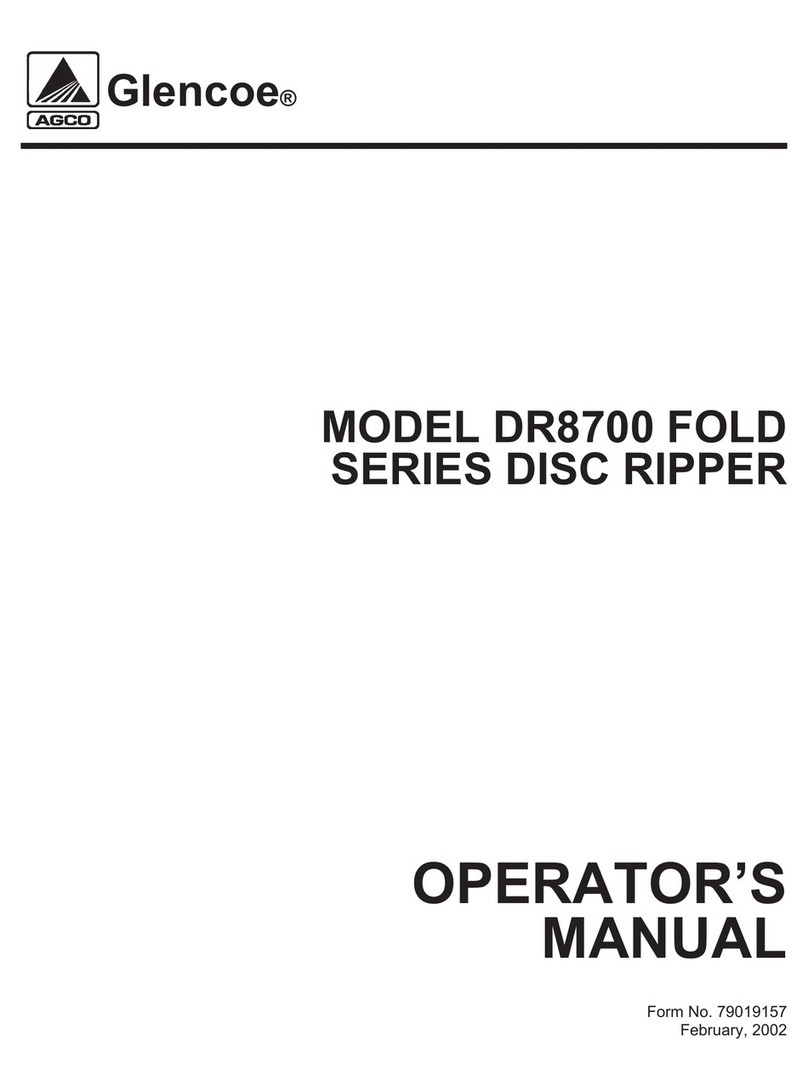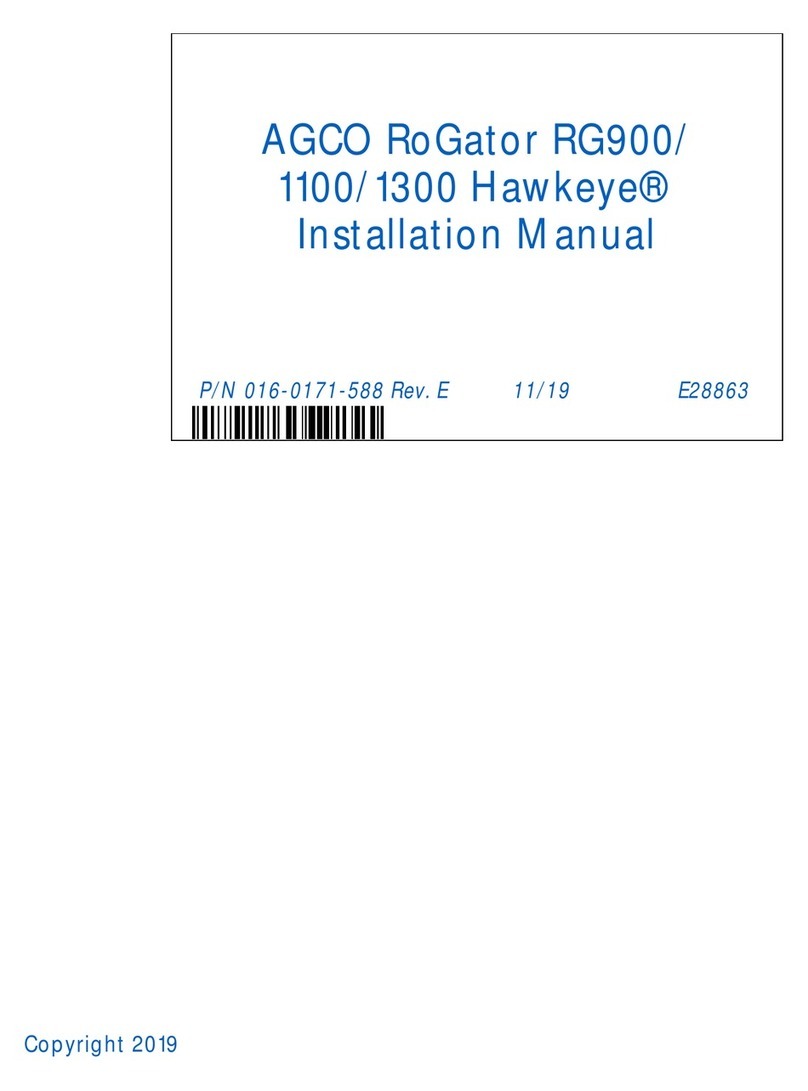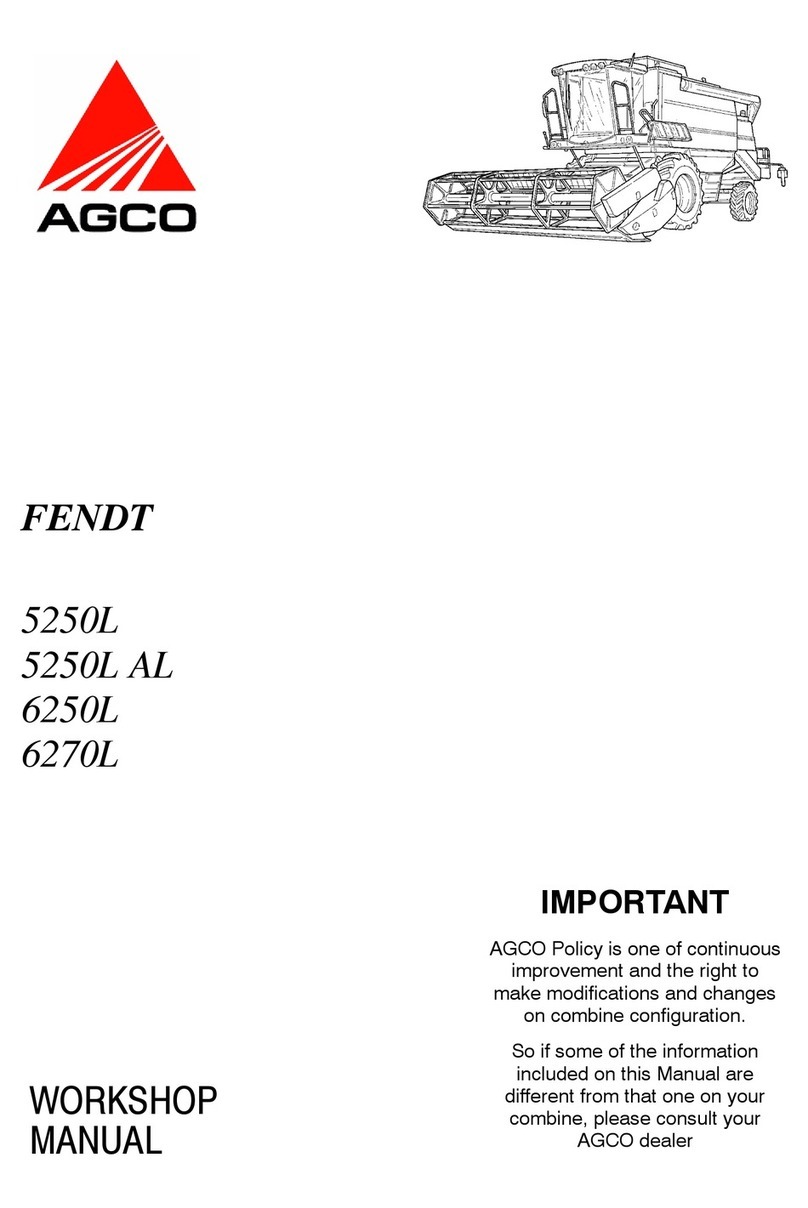AGCO FENDT 5220E Instruction manual
Other AGCO Farm Equipment manuals
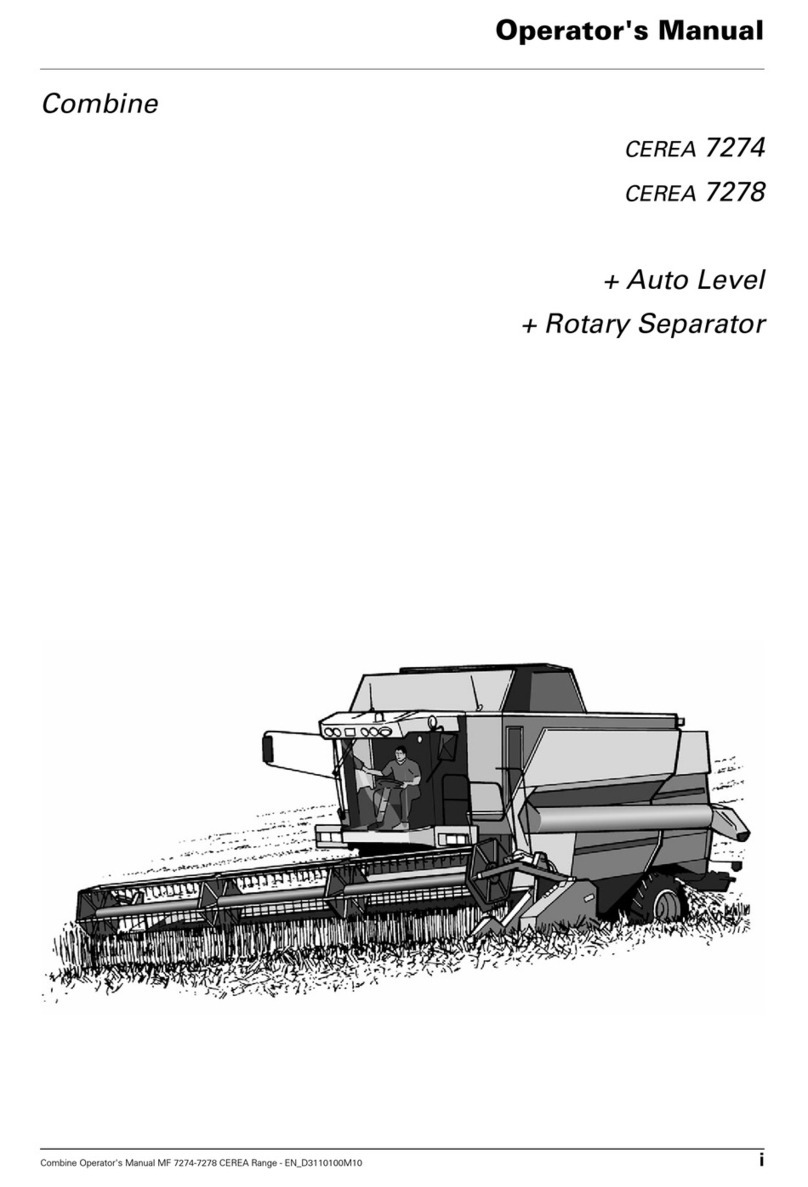
AGCO
AGCO Combine CEREA 7274 User manual
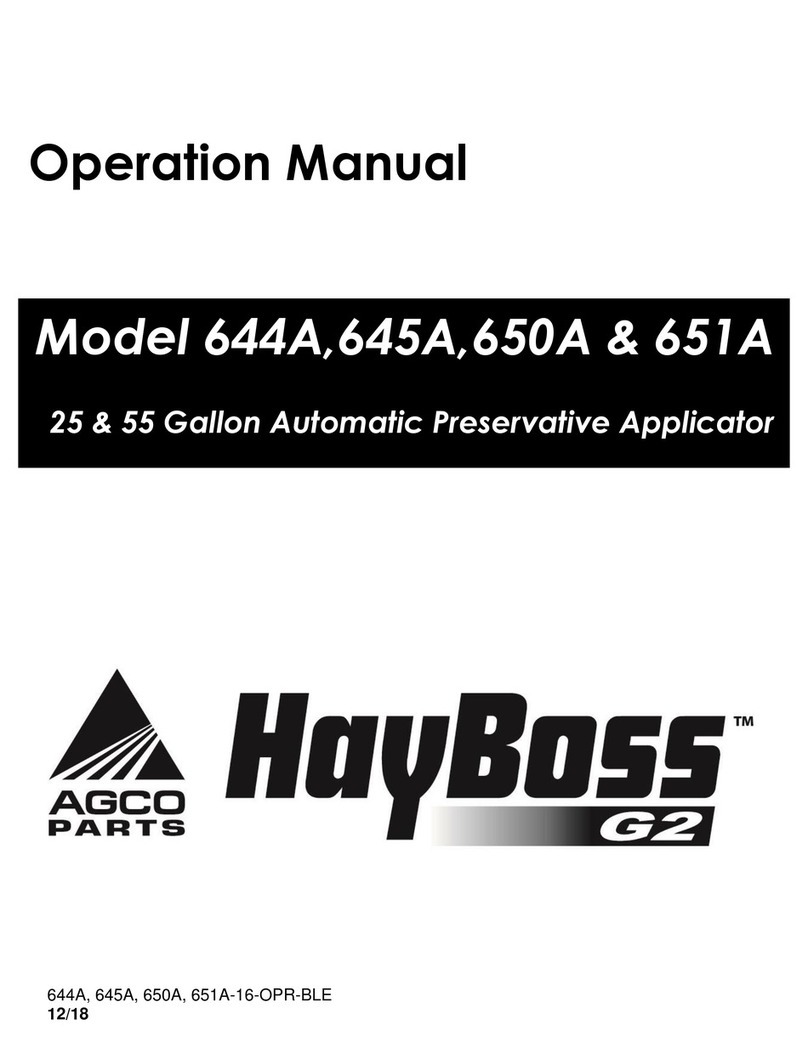
AGCO
AGCO HayBoss G2 644A User manual

AGCO
AGCO New Leader L4258G4 User manual
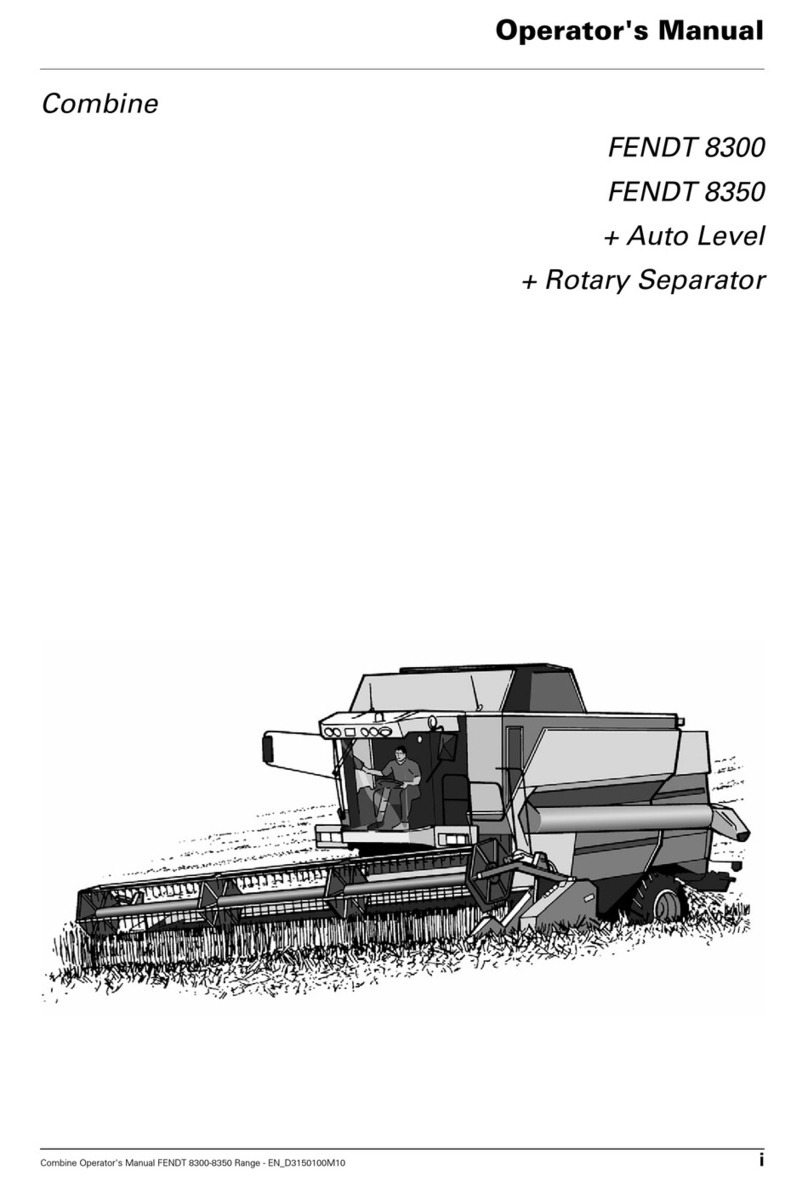
AGCO
AGCO Combine FENDT 8300 User manual
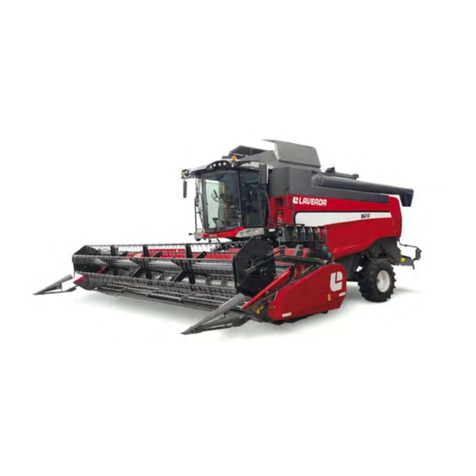
AGCO
AGCO Laverda Combines M400 User manual
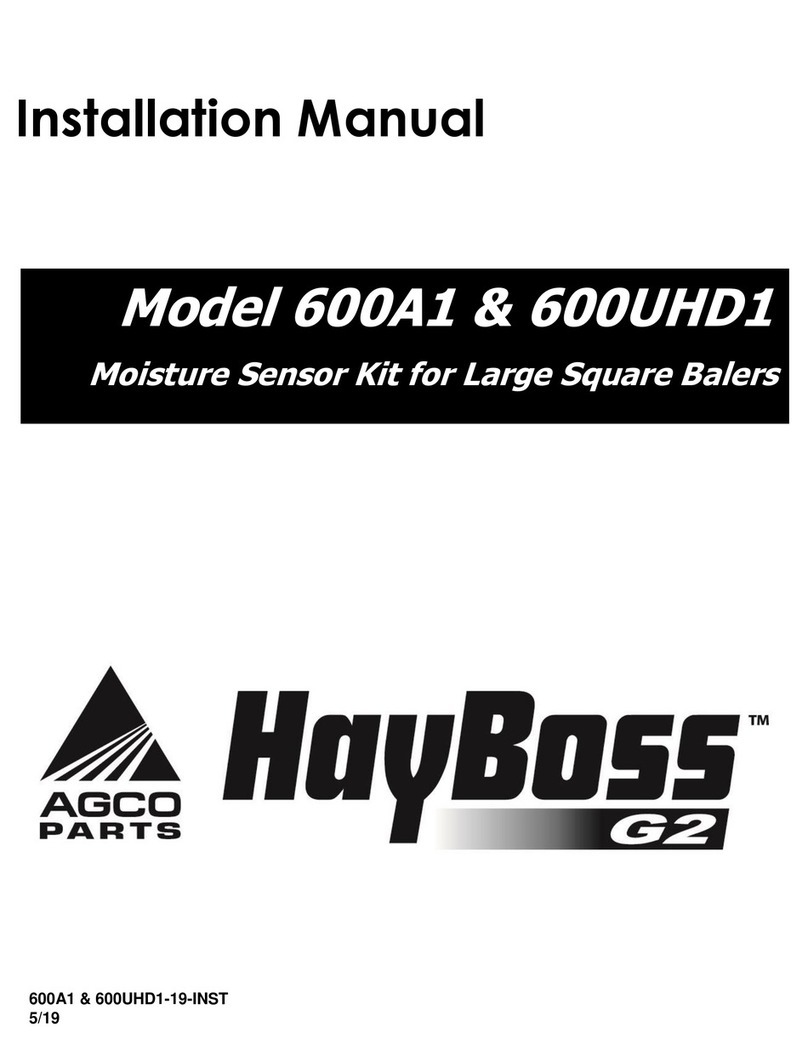
AGCO
AGCO HayBoss G2 600A1 User manual
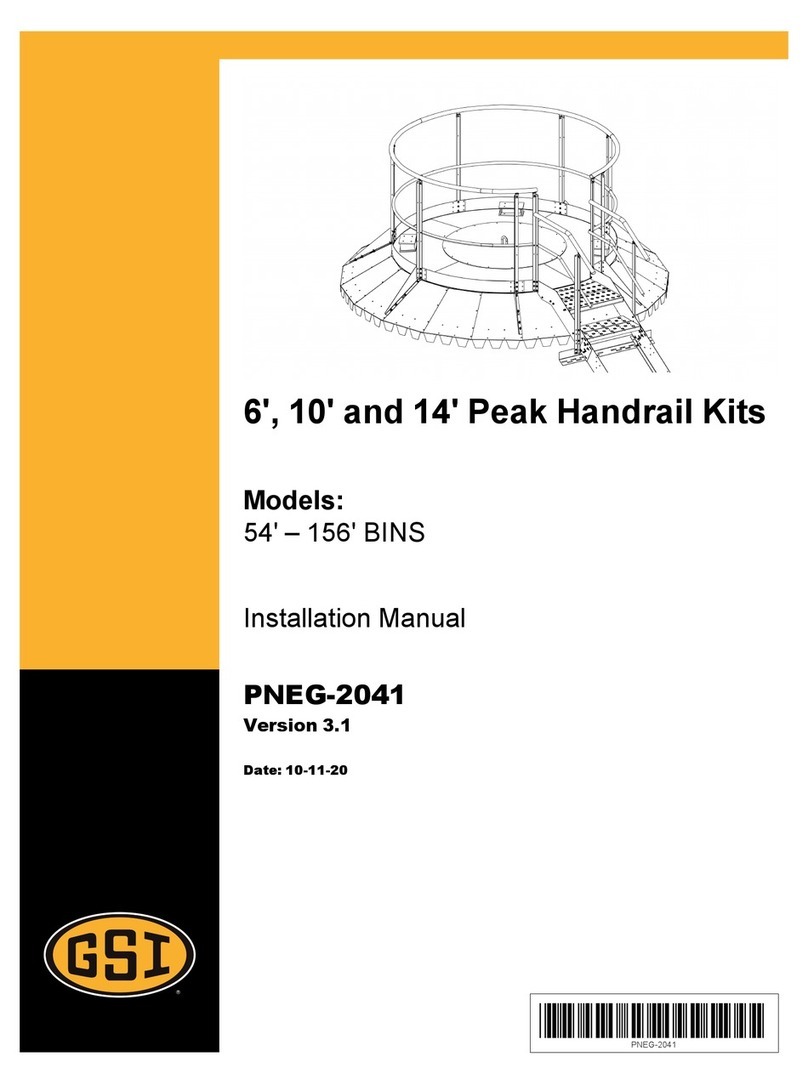
AGCO
AGCO GSI 54 User manual
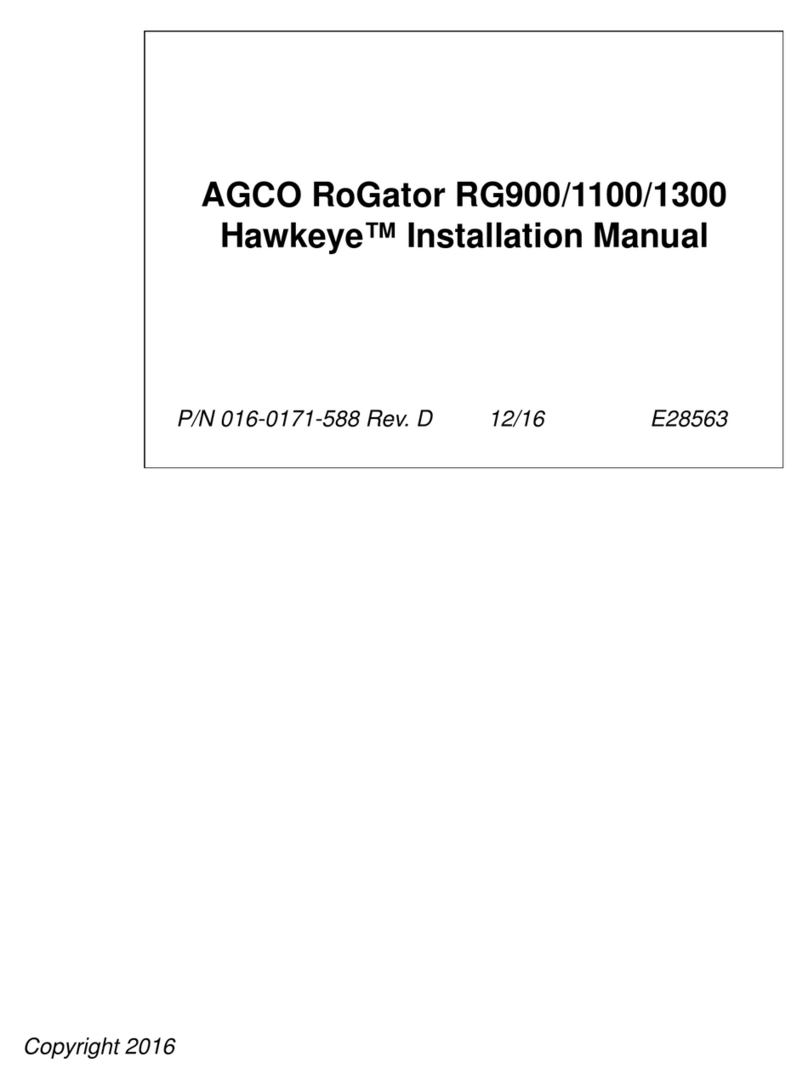
AGCO
AGCO RoGator 900 User manual
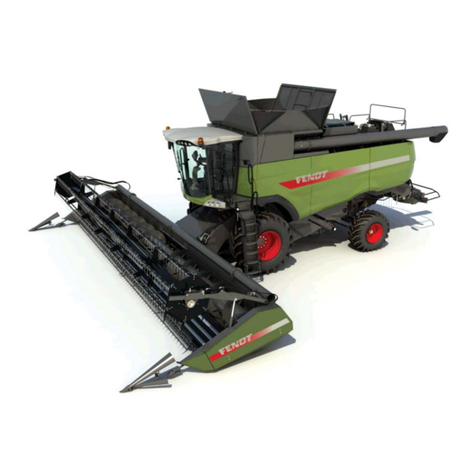
AGCO
AGCO FENDT 9490 x User manual
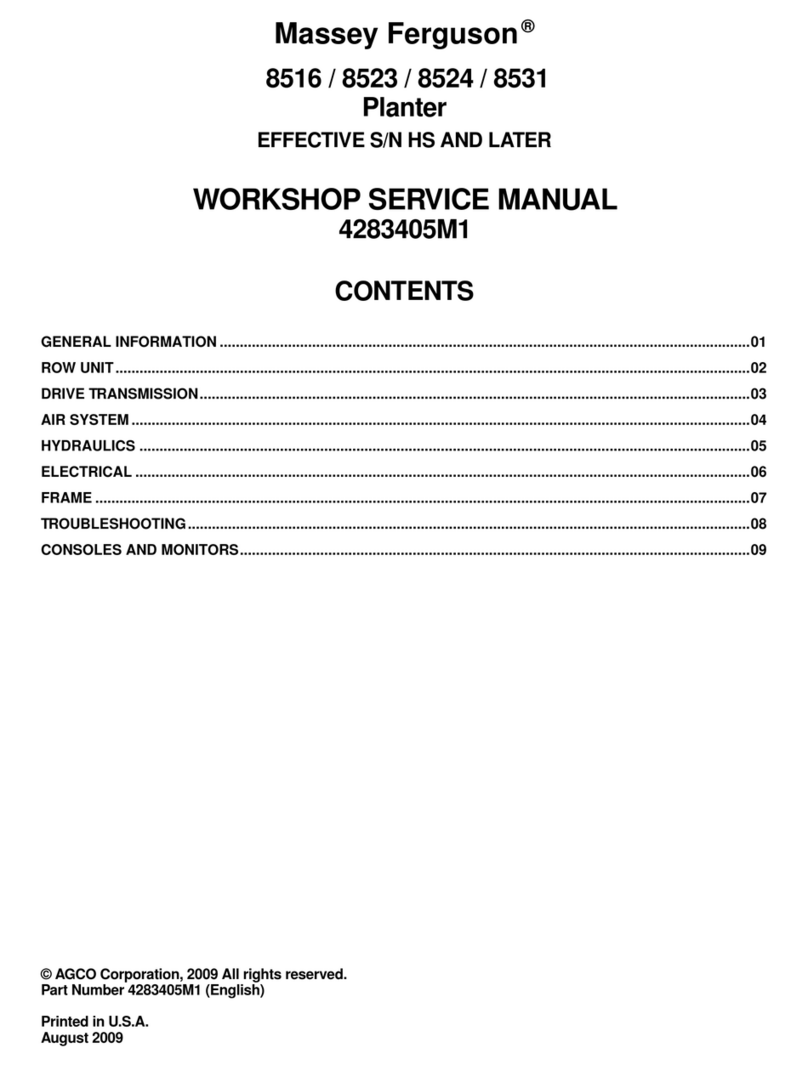
AGCO
AGCO Massey Ferguson 8516 User manual
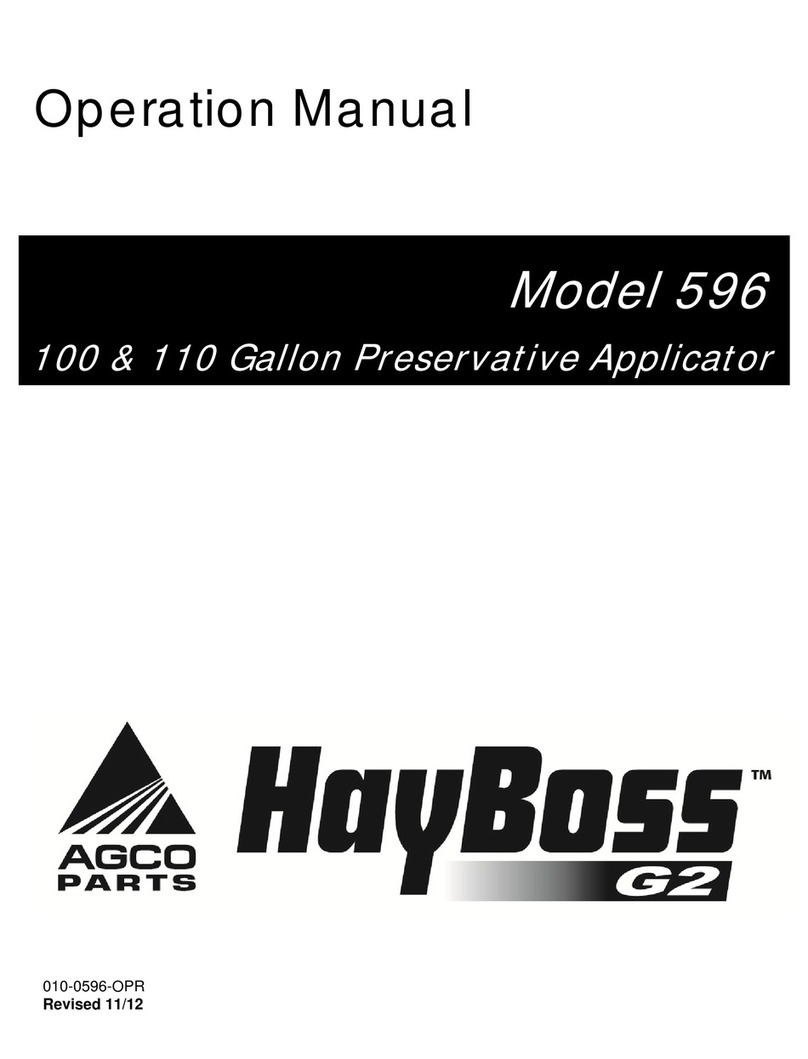
AGCO
AGCO HayBoss G2 596 User manual
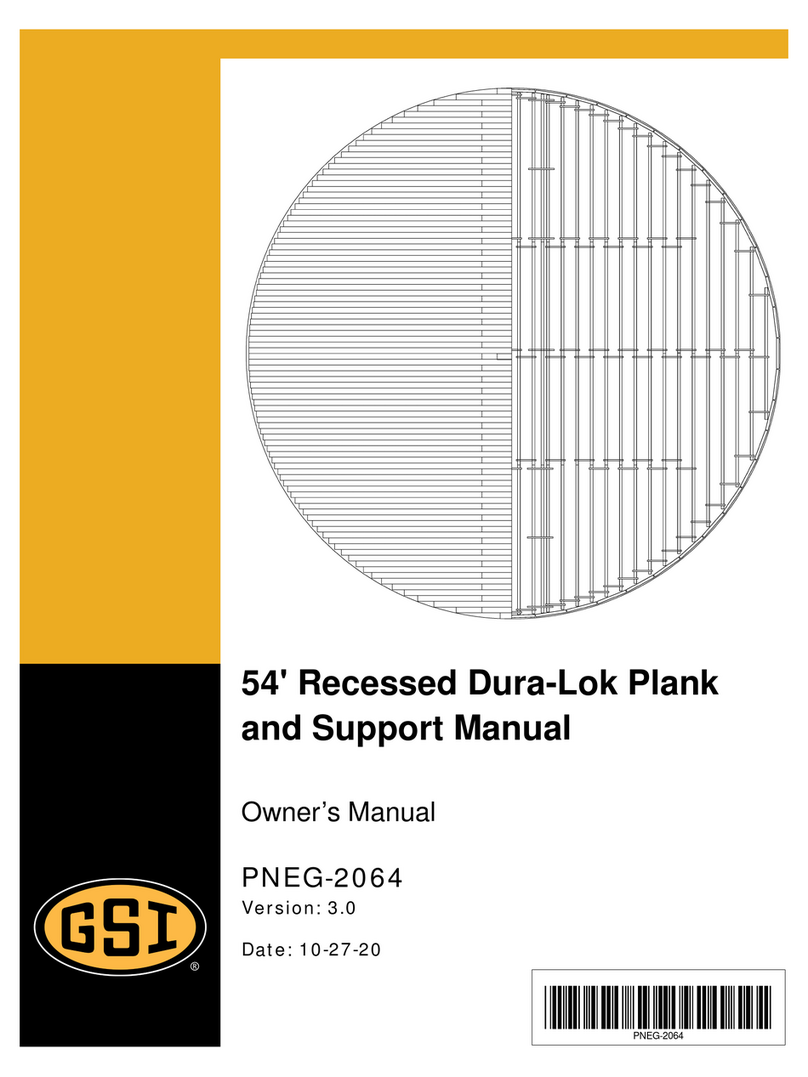
AGCO
AGCO GSI PNEG-2064 User manual
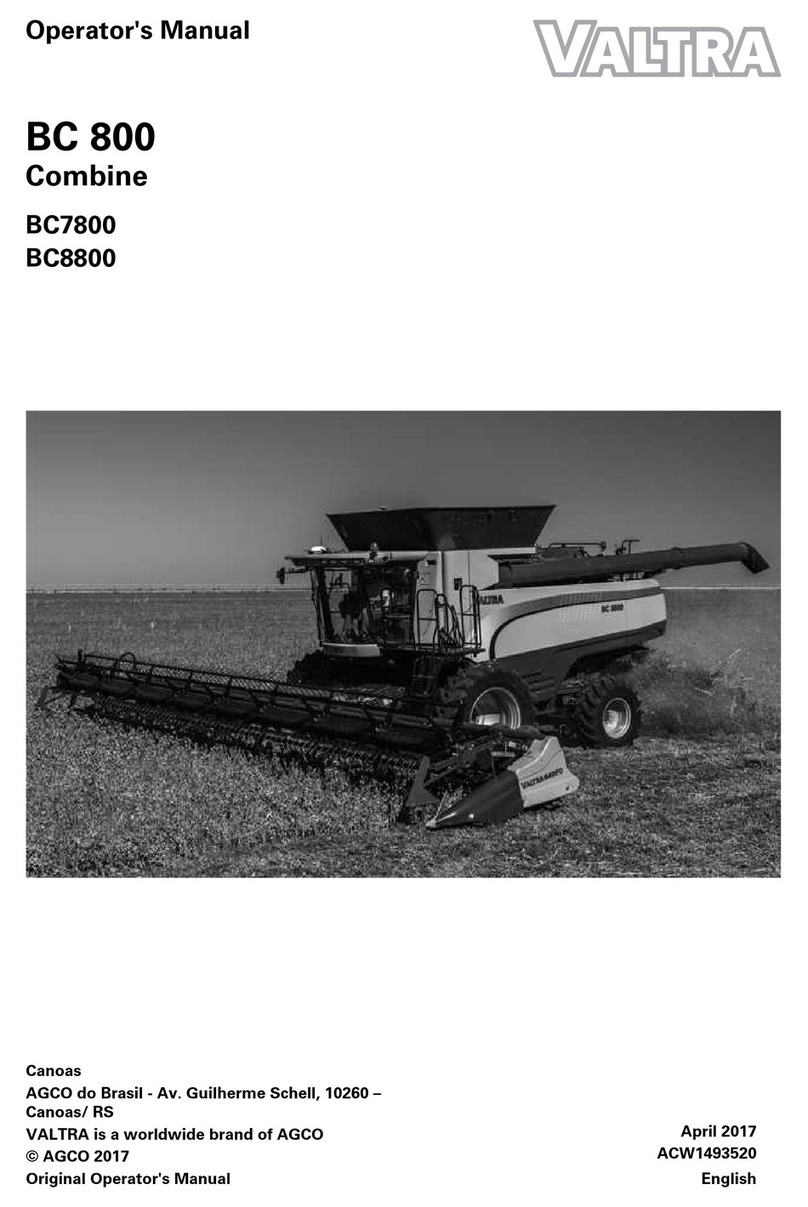
AGCO
AGCO Valtra BC 800 User manual
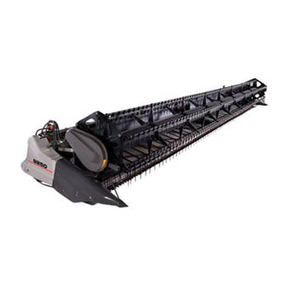
AGCO
AGCO Gleaner DynaFlex 9250 User manual
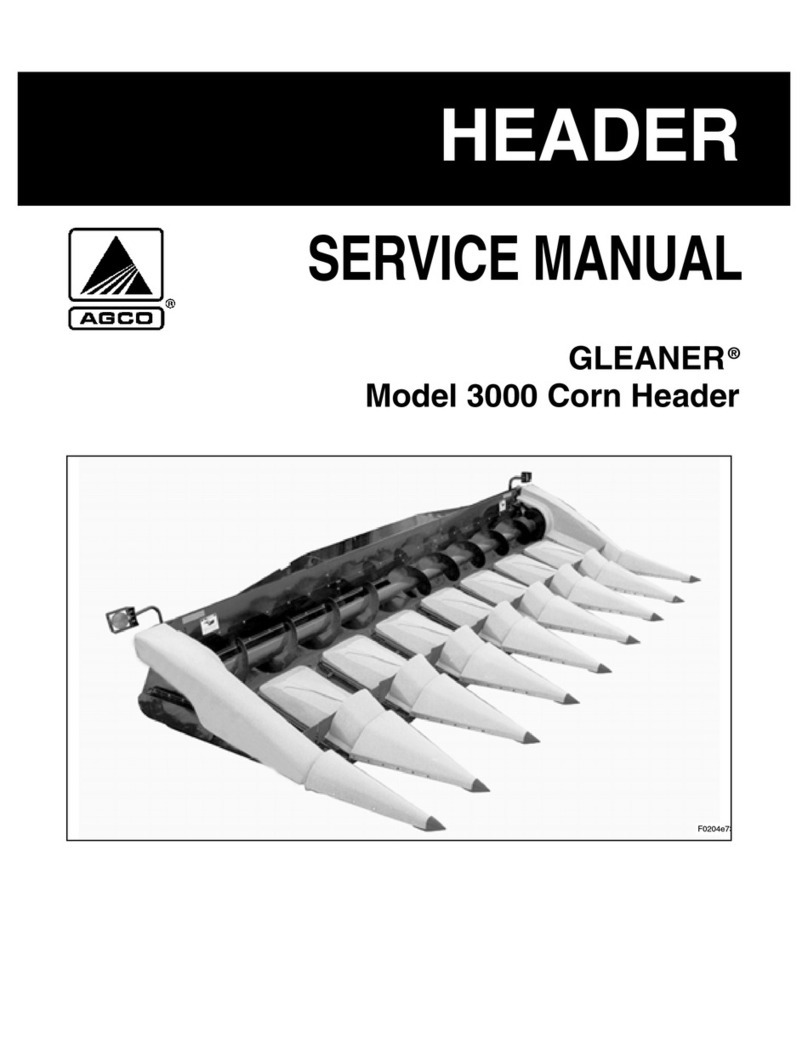
AGCO
AGCO GLEANER 3000 User manual
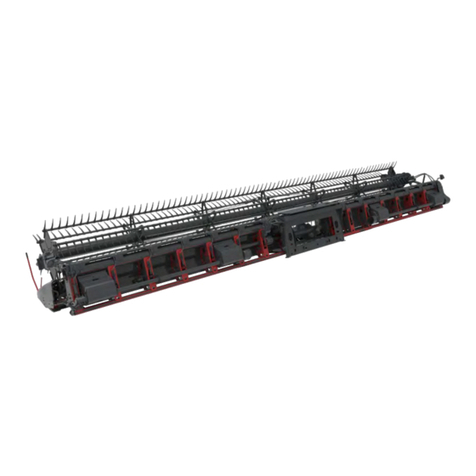
AGCO
AGCO DynaFlex Series Service manual
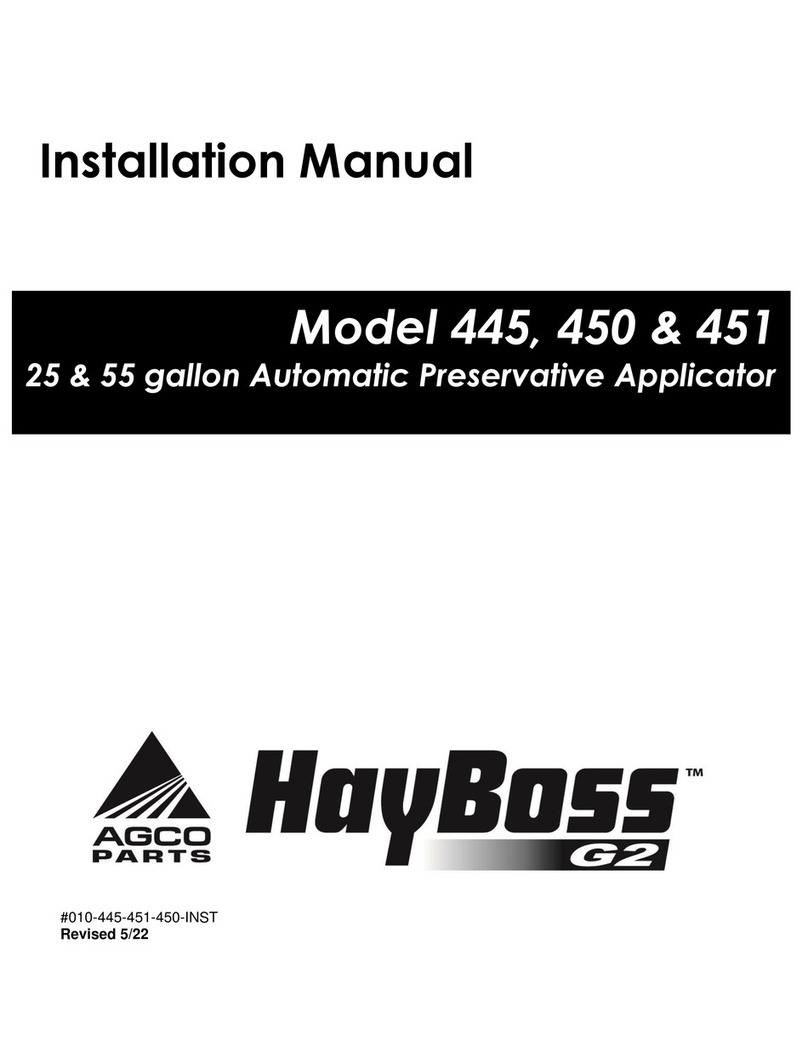
AGCO
AGCO HayBoss G2 445, HayBoss G2 450 User manual
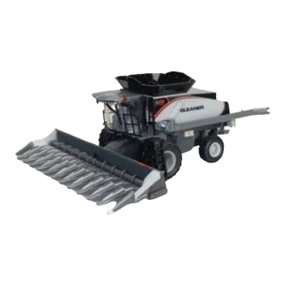
AGCO
AGCO Gleaner S67 User manual
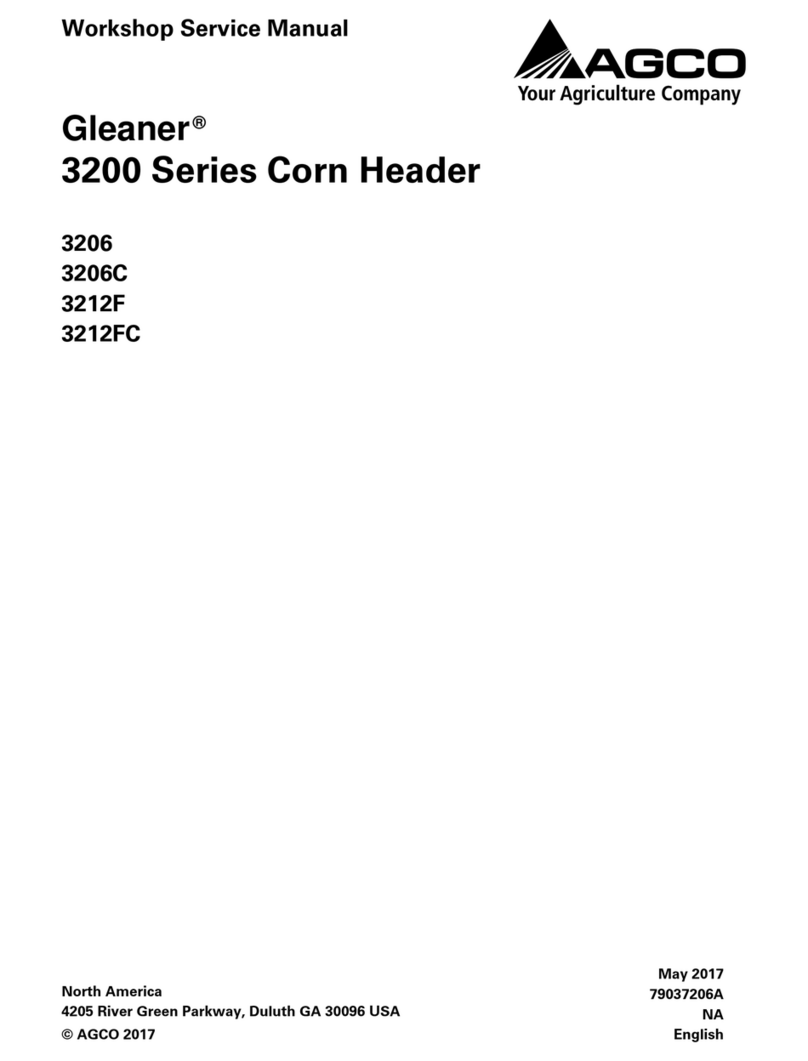
AGCO
AGCO Gleaner 3200 Series User manual

AGCO
AGCO Glencoe SF4500 User manual
Popular Farm Equipment manuals by other brands

Schaffert
Schaffert Rebounder Mounting instructions

Stocks AG
Stocks AG Fan Jet Pro Plus 65 Original Operating Manual and parts list

Cumberland
Cumberland Integra Feed-Link Installation and operation manual

BROWN
BROWN BDHP-1250 Owner's/operator's manual

Molon
Molon BCS operating instructions

Vaderstad
Vaderstad Rapid Series instructions
